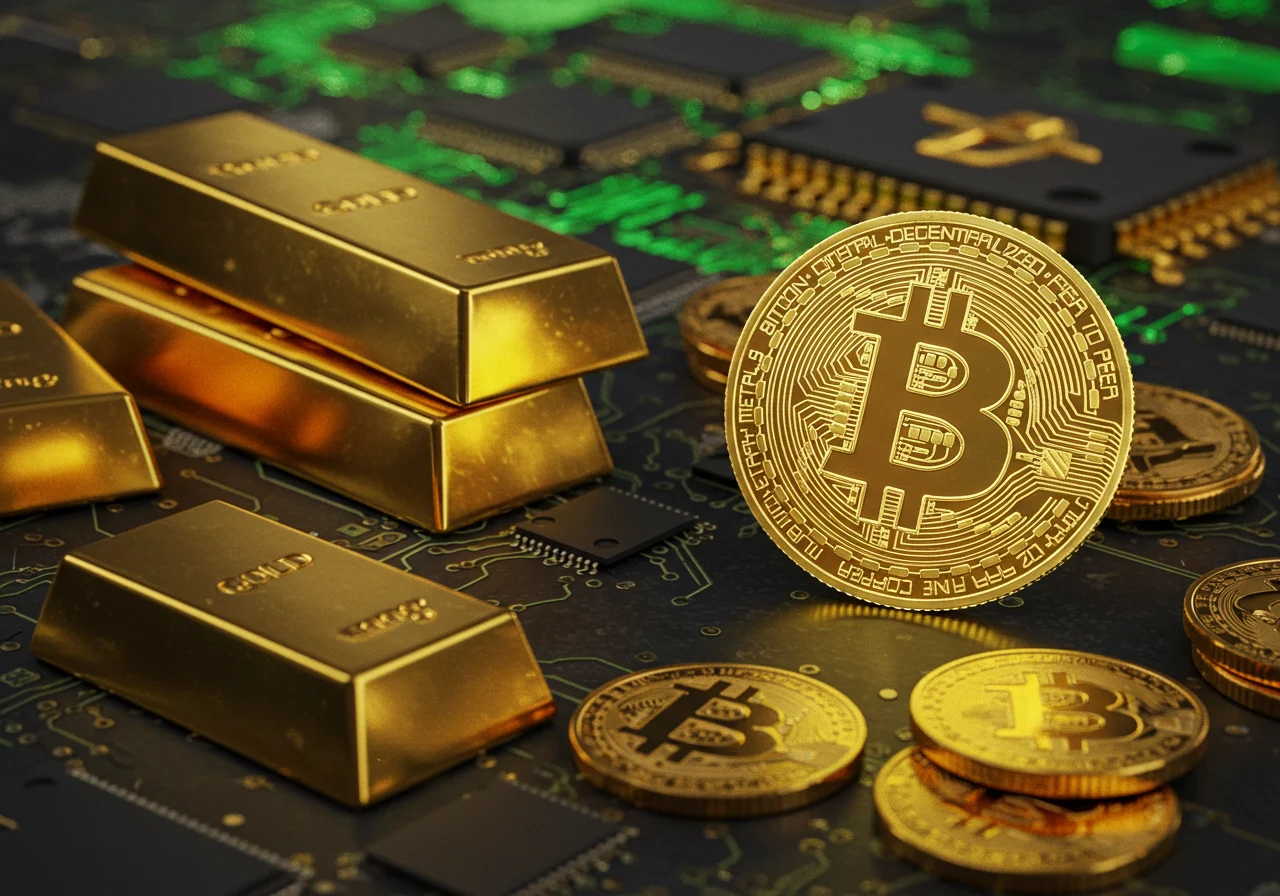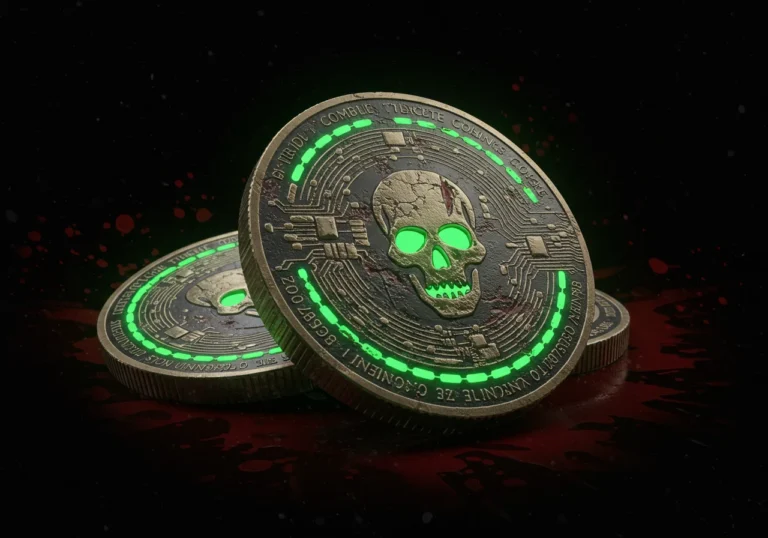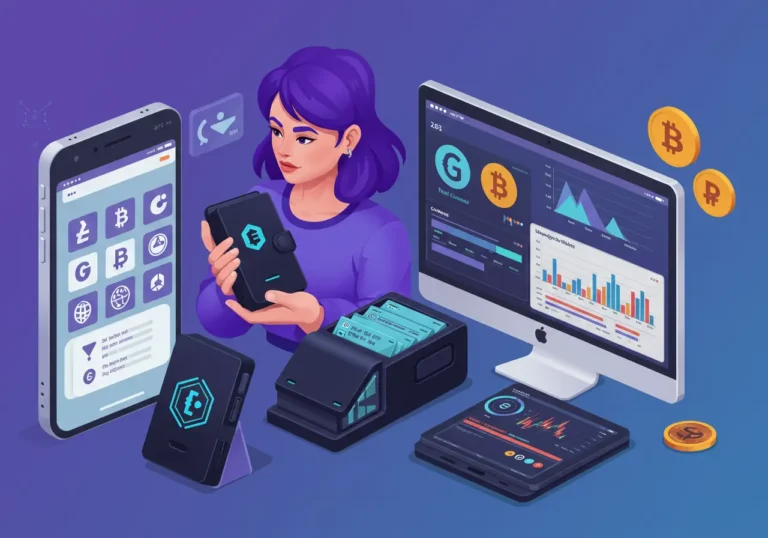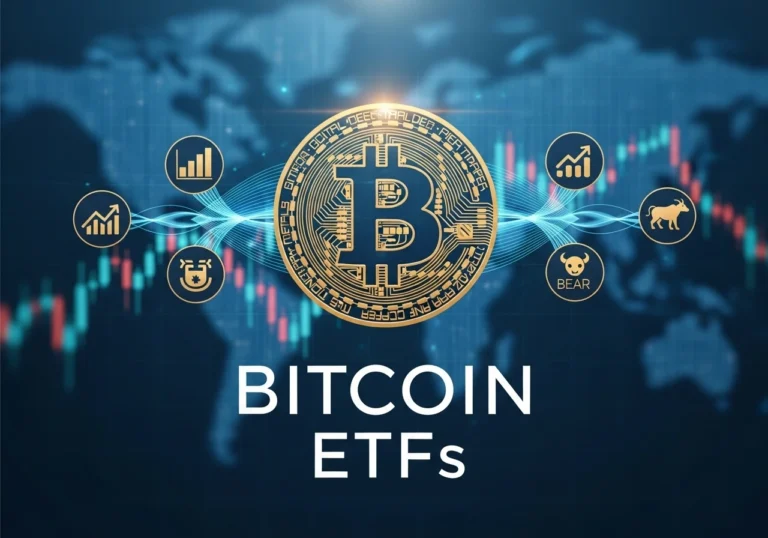Gold vs Bitcoin: Why Are Traditional Investors Shifting to Digital Gold?
I want to open with a short moment. Imagine an older relative who has always kept a small stack of gold coins in a safe. These coins felt solid and real. Now picture that same person reading about Bitcoin price and slowly asking questions: “Could this new thing protect my savings too?” That change—curiosity from someone who trusted only gold—captures what’s happening in many investment rooms right now.
Gold vs Bitcoin is not just a market debate. It’s about how people think of safety, value, and trust. Gold has been a shelter for thousands of years. Bitcoin is newer, digital, and sometimes loud. Still, more and more traditional investors are giving Bitcoin a second look, treating it like a type of “digital gold.”
Why investors compare gold and Bitcoin
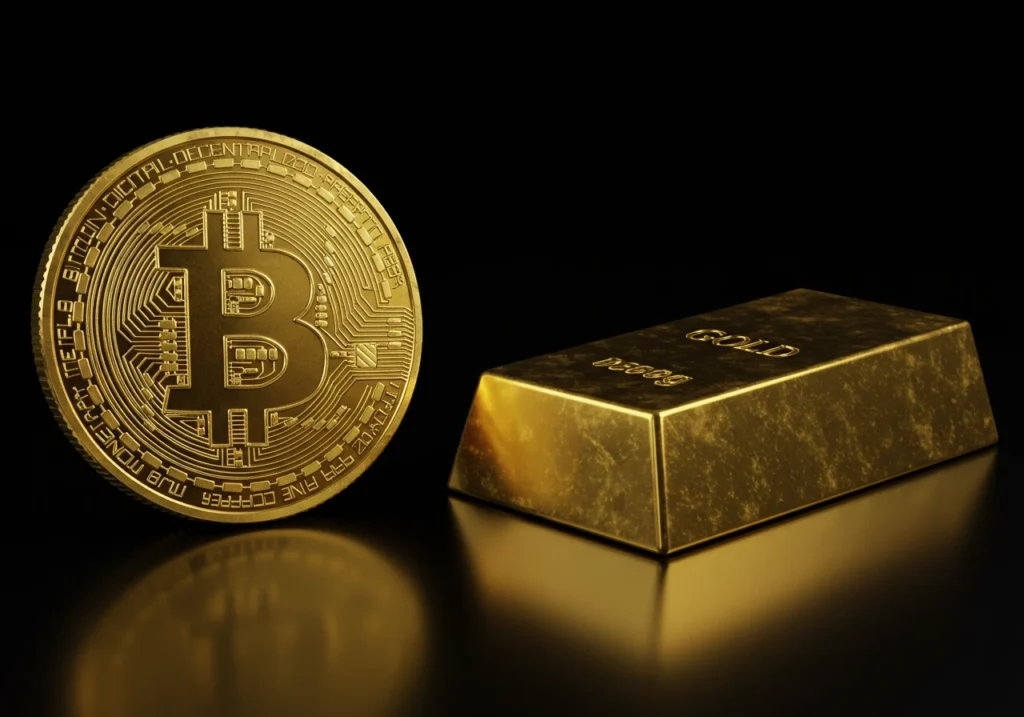
Gold vs Bitcoin has become a short way to ask a longer question: which store of value fits our time? People compare them because both are seen as hedges—ways to protect value when other systems wobble. Gold is physical and has a long history. Bitcoin is digital and scarce by design. Investors want to know: which one holds up in trouble, and which one grows with modern finance?
When people look at Bitcoin price, they often see big swings. That scares some and excites others. But many traditional investors are not buying Bitcoin to trade it daily. They buy it to hold it for a long time, hoping it will protect value like gold once did.
A simple analogy
Think of gold as a well-built old house. It’s been standing for a long time. People know its value. Bitcoin is a new kind of house built with different materials—digital bricks. It’s not as weathered, but it has features older houses don’t: speed, ease of sending value across the world, and a fixed supply.
The common ground: scarcity and store of value
Both gold and Bitcoin share something important: scarcity. Gold is rare in the ground; Bitcoin is limited by code. There will only ever be 21 million Bitcoins. That rule is built into its system.
Because of scarcity, people hope both can act as a store of value. A store of value is something you trust to keep buying power over time. For decades, people trusted gold. Now some people are trusting Bitcoin for similar reasons.
When investors look at Bitcoin price, they often consider long-term trends. The price can jump and fall, but many see an upward path over years. That possibility has drawn interest from people who once only bought gold.
Why traditional investors are shifting — practical reasons
Several practical reasons explain this shift from physical gold to digital gold:
1. Portability and access
A gold bar is heavy and needs secure storage. Bitcoin lives on the internet and can be moved with a few clicks. For investors with global lives or digital businesses, moving value with Bitcoin is easier.
2. Divisibility and small holdings
Gold is hard to divide for small transactions. Bitcoin can be split into tiny pieces (satoshis). That makes it flexible for different sizes of holdings.
3. Transparency and proof
Bitcoin’s ledger (the blockchain) records every coin’s existence. While this doesn’t show who owns it, it shows how many exist and where they move. That transparency appeals to those who want to verify supply and flows. Investors watching Bitcoin price use on-chain data to study trends and flows—something not as easy with gold.
4. Modern portfolio thinking
Institutions now use models to reduce risk by adding assets that don’t move the same way as stocks and bonds. Bitcoin often moves differently than traditional markets, so adding a small Bitcoin position can sometimes improve a portfolio’s balance.
5. Inflation concerns and monetary policy
When central banks print more money, some investors worry about inflation. Gold is a classic hedge against inflation. Bitcoin attracts similar attention because of its limited supply. Watching Bitcoin price during inflation scares has made some investors treat it like a modern alternative.
Risks and differences: don’t treat them as identical
It’s important to say the differences clearly. Bitcoin is not simply a digital copy of gold. There are real distinctions to understand.
Volatility vs stability
Gold’s price moves, but usually less dramatically than Bitcoin. Bitcoin’s price can rise or fall fast. That volatility matters. Traditional investors who shift to Bitcoin often keep only a small portion of their portfolio in it.
Time on the market
Gold has centuries of history as money and store of value. Bitcoin has about a decade and a half of public life. Some investors prefer assets with long-track records. Still, many point out that Bitcoin’s short history includes major tests — market crashes, regulatory pressure, and network upgrades — and it has survived those tests so far.
Security and custody
Gold must be physically secured. Bitcoin requires digital security—safe wallets, private key management, and good practices. Security mistakes can cause irreversible loss. For that reason, institutions use custody services or insured storage solutions.
Regulatory and technical risks
Gold is simple: you own metal. Bitcoin runs on software and networks. That means it faces software bugs, protocol upgrades, and evolving regulation. These are risks that gold does not face in the same way.
Real examples: how investors mix both
Big funds and investors often keep both assets for balance. Here are simple ways they mix them:
- Diversified safety: Hold gold for centuries-old reliability and Bitcoin for modern diversification.
- Inflation hedge pair: Use gold and Bitcoin together to hedge against monetary instability.
- Different use cases: Keep gold in vaults and Bitcoin in digital custody for cross-border liquidity.
A pension fund might hold a core of gold and a small, strategic Bitcoin position. A wealthy family might store gold in a safe deposit box and keep Bitcoin with a trusted custodian for quick transfers when needed.
How people think about Bitcoin price over time
Traditional investors often adopt a long-term view of Bitcoin price. They may use dollar-cost averaging: buying a small amount regularly rather than all at once. This reduces the risk of buying at a high point.
Others study on-chain metrics—like how many coins are held long-term, or how many are moving—and use those signs to make decisions. These metrics are new tools that didn’t exist for gold.
Psychological and cultural reasons for the shift
Money is not only math; it’s emotion too. Some reasons are cultural:
- Younger decision makers: Newer investors grew up with the internet and are comfortable owning digital assets. They push institutions to adopt Bitcoin.
- Desire for independence: Bitcoin’s “no single gatekeeper” nature appeals to those who value decentralization.
- Narrative and story: Stories matter. Bitcoin has a story of code, scarcity, and digital revolution. Stories can move capital.
Traditional investors often test these cultural ideas slowly, adding small positions, watching Bitcoin price, and learning the ecosystem.
Practical steps for those curious about adding Bitcoin
If you’re thinking about adding Bitcoin like an investor who once relied on gold, here are plain steps:
- Learn the basics: Understand wallets, private keys, and exchanges.
- Start small: Consider a small allocation—enough to feel the experience but not to lose sleep.
- Use trusted custody: For larger amounts, consider insured custodians or hardware wallets.
- Plan for taxes and regulation: Know how your region treats crypto for tax purposes.
- Avoid hype-driven buys: Don’t follow sudden trends. Bitcoin price jumps attract noise.
These steps mirror how people moved from trusting only gold to experimenting with Bitcoin.
Conclusion — balance, curiosity, and careful choice
Gold vs Bitcoin is a useful discussion because it forces investors to think about value, trust, and the future. Gold brings centuries of calm. Bitcoin brings new tools and different risks. Many traditional investors are not leaving gold behind. Instead, they are adding Bitcoin as a modern layer—digital gold in a world that moves faster.
When looking at Bitcoin price, remember that short-term swings do not tell the whole story. Investors who shift from gold to Bitcoin often do so slowly, with clear plans and practical safeguards. They combine history’s comfort with technology’s promise.
If you are curious, start with small experiments. Learn to keep your private keys safe. Read about custody options. Over time, you will find the mix that fits your values and needs.
Quick takeaways – Gold vs Bitcoin
- Gold vs Bitcoin compares an ancient physical asset with a modern digital one.
- Both are scarce, but Bitcoin is limited by code (21 million coins) while gold is limited by nature.
- Bitcoin price is volatile, but many investors view Bitcoin as a long-term store of value.
- Bitcoin is portable, divisible, and transparent; gold is tangible, time-tested, and less volatile.
- Traditional investors often hold both for balance and risk management.
- Start small, use secure custody, and plan for taxes when exploring Bitcoin.
FAQ
Q: Is Bitcoin better than gold?
A: “Better” depends on your goals. Bitcoin offers digital portability and fixed supply. Gold offers centuries of trust. Many investors use both.
Q: Should I put most of my savings in Bitcoin because the Bitcoin price might rise?
A: No. Bitcoin can be part of a diversified plan, but placing most savings in any single asset is risky.
Q: How much of my portfolio should be Bitcoin?
A: Financial advisors suggest small allocations for most people—often 1–5%—depending on risk tolerance.
Q: What about taxes and regulation?
A: Tax rules vary by country. Plan ahead, and consult a tax professional to understand liabilities on sales and transfers.
Q: Is Bitcoin a hedge against inflation like gold?
A: Some investors view it as an inflation hedge because of its fixed supply. Evidence is mixed and depends on broader economic conditions.
Table of Contents

Hello, I’m Edmilson Dias, founder of CoinBringer. I created this platform to guide people through the fast-moving world of cryptocurrency with clarity and safety. With years of research in blockchain and digital security, my goal is to translate complex topics into practical knowledge, offering reliable tutorials, safety insights, and guidance for both newcomers and experienced users.
Discover more from CoinBringer
Subscribe to get the latest posts sent to your email.

